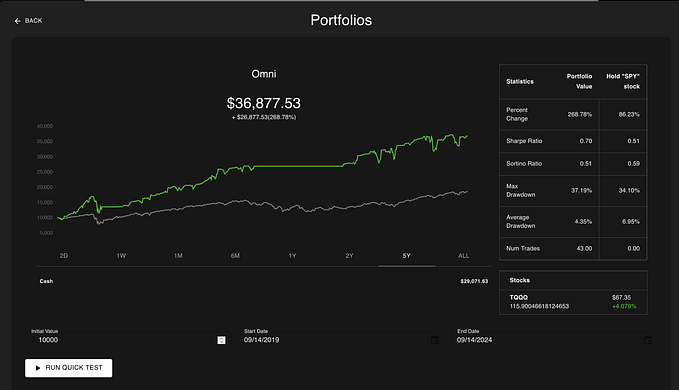Member Spotlight: Simon Figures, Standard Chartered
Silicon Foundry’s expanding network of Corporate Members are driving transformation at some of the world’s most respected global brands — from leaders in mobility, mining and telecom, to beauty, retail, energy, financial services and beyond.

Simon Figures (@sfigures) serves as the Head of Partnerships & Innovation at Standard Chartered Ventures, and has a background in innovation, business strategy, and tech investment.
In your current role as Head of Partnerships and Innovation of SC Ventures, what are you focused on?
SC Ventures has three pillars: Ventures — which allow us to experiment with new business models, Investments — enabling us to invest in startups whose solutions complement our existing strategy, and Internal Innovation — which catalyses entrepreneurial activity in the bank. Each pillar is aimed at re-wiring the DNA of banking at Standard Chartered, and my role supports all three.
You’ve been at Standard Chartered for over six years now — can you tell us a bit about the progression of your career?
I was hired to join the bank in Singapore to head up an agile development team tasked with solving an interesting challenge around mathematically optimizing the billions of dollars of collateral which the bank had posted out with other banks at any point in time. A great combination of something new and inventive which hadn’t really been done in this way before.
What specific superpowers have you picked up from your past roles with the bank that you bring into your current role?
I was lucky enough to transition from leading teams building and designing software solutions to helping define at a strategic level the kinds of programmes we should be running. This gave me the opportunity to work with some very experienced colleagues across both the Front Office, IT, and other functions. I learned a great deal from them, specifically the importance of defining department level ‘Critical Few Objectives’ and consistently messaging them, as well as the observation that the first rule of effective networking is giving more than you get.
You’ve been in Singapore for six years — what prompted the move to Silicon Valley and what parts are you most excited about?
Looking after technology strategy afforded me more time to look further ahead and I became more and more interested as the contours of some major themes of the last couple of years started to emerge. Eight times out of ten, the companies spearheading the most interesting innovations were based in Silicon Valley. I wanted to get close to that.
Over the years at SC, what projects have you been most proud of? What’s been some of the more challenging work?
Although I didn’t fully appreciate it at the time, some of my first projects in Financial Markets were some of the first to be run using Agile software development processes at Standard Chartered — something I was very familiar with from my previous company. I’m proud knowing the successes we had and the relationships we built with stakeholders, who may not have previously had a brilliant relationship with IT, helped catalyse the adoption of Agile more broadly. In my opinion, trying to implement Agile successfully in large projects with teams distributed across two or three locations and time zones is really hard — I don’t think many companies have cracked that yet.
When thinking about innovation by industry, certain sectors have historically been more aggressive and efficient in their approach, while others have often been labeled as traditional laggards. Where do you see financial services sitting within the spectrum?
I think most people don’t have a great handle on what happens inside retail banks, let alone Investment Banks and therefore everything tends to be lumped together as “Financial Services.” In practice within an investment bank (e.g. Corporate and Institutional Banking), there are many quite distinct business divisions, each of which will be at a different point on the technology maturity spectrum. Those businesses that have experienced margin compression and commoditization over a prolonged period can often end up with a patchwork of systems and processes that are slow and expensive to re-engineer to respond to new entrants or disruption. At the same time, areas such as Counterparty Credit Risk or Low Latency Algo trading are at the other end of that spectrum.
On the topic of payment innovation, are there any particular examples of corporations and startups in the fintech landscape working together in a way that you can point to and think ‘now that’s how it’s supposed to be done?’
Honestly, I’m sure there are some who are working together really well — but I don’t yet know firsthand who they are and how they are managing to do this consistently over time. I’m really interested in learning from the community here what good looks like and have that inspire how we go about it.
If we were startup founders sitting here, what’s the advice you’d give about working with SC Ventures? Is there a specific region that you guys have been seeing a lot of activity and are especially focused on?
Part of what makes Standard Chartered Bank really interesting is the breadth of the markets in which it has operated for over a 100 years — 60+ mainly across Asia, Africa and the Middle East — which translates into really deep expertise and relationships with clients and regulators alike in those areas. We want to leverage this institutional capital in the broadest way possible — so we are keen to work with a really broad range of founders and companies.








